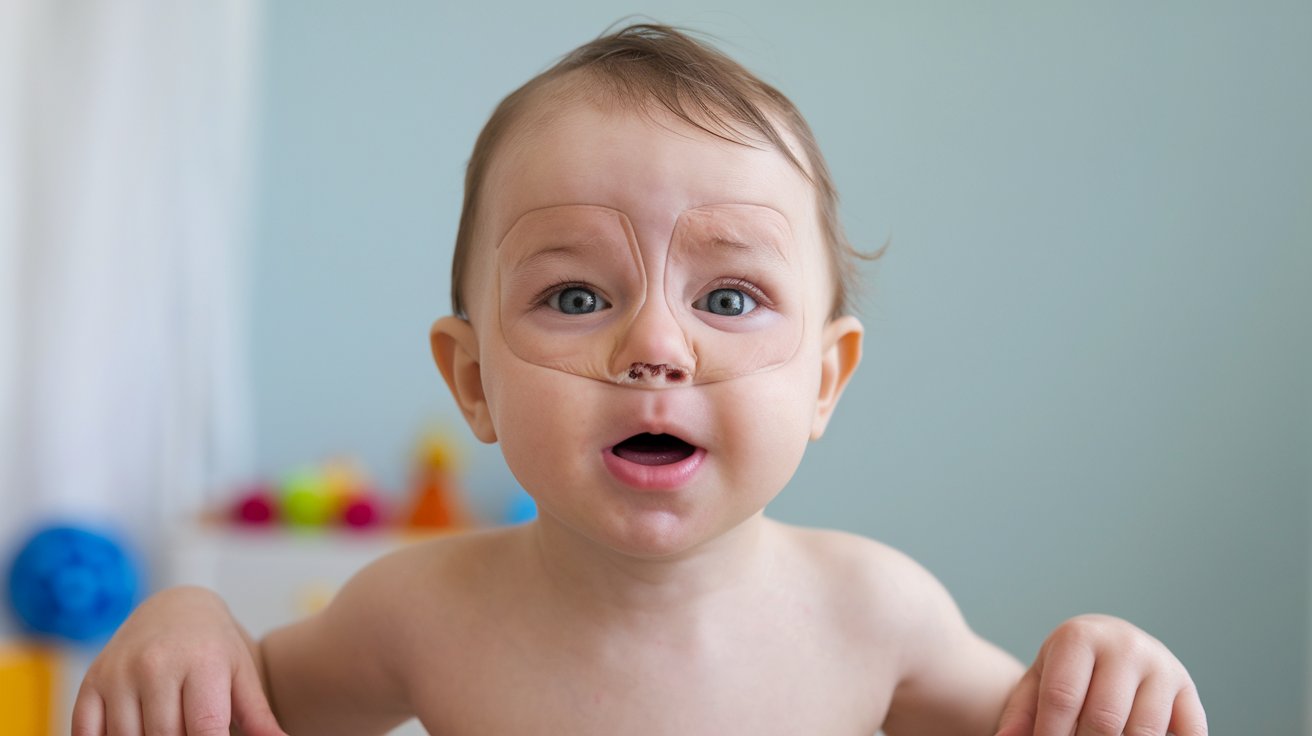
Congenital Facial Diplegia, also known as Moebius syndrome, is a rare neurological disorder that primarily affects the muscles controlling facial expression and eye movement. What causes Congenital Facial Diplegia? The exact cause remains unknown, but researchers believe it involves the underdevelopment of the sixth and seventh cranial nerves. These nerves control facial muscles and eye movement. Symptoms can vary widely, but common signs include facial paralysis, difficulty closing the eyes, and speech challenges. Early diagnosis and intervention are crucial for managing symptoms and improving quality of life. This article will delve into 25 intriguing facts about this condition, shedding light on its complexities and the lives of those affected.
Key Takeaways:
- Congenital Facial Diplegia, or Möbius syndrome, is a rare condition affecting facial muscles and eye movement. It requires special care, including physical and speech therapy, to improve quality of life.
- Ongoing research into genetic mutations and stem cell therapy offers hope for future treatments of Congenital Facial Diplegia. Joining support groups and raising awareness can provide valuable resources and a sense of community.
What is Congenital Facial Diplegia?
Congenital Facial Diplegia, also known as Möbius syndrome, is a rare neurological disorder. It primarily affects the muscles controlling facial expressions and eye movement. Here are some fascinating facts about this condition.
-
Rare Condition: Möbius syndrome is extremely rare, affecting approximately 1 in 50,000 to 1 in 500,000 newborns worldwide.
-
Facial Paralysis: Individuals with this condition often have complete or partial facial paralysis, making it difficult to smile, frown, or blink.
-
Eye Movement: Many people with Möbius syndrome cannot move their eyes laterally, which means they have to turn their heads to follow moving objects.
-
Developmental Delays: Some children with this condition may experience delays in motor skills, such as crawling or walking.
-
Speech Difficulties: Due to facial muscle weakness, speech development can be challenging, often requiring speech therapy.
Causes and Diagnosis
Understanding the causes and how doctors diagnose Congenital Facial Diplegia can help in managing the condition better.
-
Genetic Factors: While the exact cause is unknown, genetic mutations are believed to play a role in the development of Möbius syndrome.
-
Environmental Factors: Some studies suggest that environmental factors during pregnancy, such as drug use or illness, might contribute to the condition.
-
Prenatal Diagnosis: In some cases, prenatal ultrasound can detect abnormalities that may indicate Möbius syndrome, although it's not always definitive.
-
Clinical Diagnosis: Diagnosis is usually made based on clinical evaluation, including observing facial muscle weakness and eye movement limitations.
-
MRI Scans: MRI scans can help identify abnormalities in the brainstem and cranial nerves, which are often associated with this condition.
Treatment and Management
While there is no cure for Congenital Facial Diplegia, various treatments can help manage symptoms and improve quality of life.
-
Physical Therapy: Physical therapy can help improve motor skills and muscle strength.
-
Speech Therapy: Speech therapy is crucial for helping children develop clearer speech and communication skills.
-
Surgical Options: In some cases, surgical procedures can improve facial muscle function or correct eye movement issues.
-
Orthodontic Treatment: Dental issues are common, and orthodontic treatment can help manage these problems.
-
Emotional Support: Psychological support is essential for both the individual and their family to cope with the social and emotional challenges.
Living with Congenital Facial Diplegia
Daily life with Möbius syndrome comes with unique challenges and adaptations.
-
Social Interaction: Facial expressions play a significant role in social interactions, and individuals with this condition may need to find alternative ways to express emotions.
-
Education: Special education services may be necessary to address learning difficulties and developmental delays.
-
Assistive Devices: Tools like communication boards or speech-generating devices can aid in communication.
-
Support Groups: Joining support groups can provide valuable resources and a sense of community.
-
Awareness Campaigns: Raising awareness about Möbius syndrome can help reduce stigma and promote understanding.
Research and Future Directions
Ongoing research aims to better understand and treat Congenital Facial Diplegia.
-
Genetic Research: Scientists are studying genetic mutations to identify potential targets for treatment.
-
Stem Cell Therapy: Experimental treatments like stem cell therapy offer hope for future interventions.
-
Neuroplasticity: Research into neuroplasticity explores how the brain can adapt to compensate for nerve damage.
-
Clinical Trials: Participation in clinical trials can provide access to new treatments and contribute to scientific knowledge.
-
Global Collaboration: International research collaborations are essential for advancing our understanding of this rare condition.
Final Thoughts on Congenital Facial Diplegia
Understanding congenital facial diplegia helps us appreciate the challenges faced by those living with this condition. It’s a rare disorder, but awareness can lead to better support and resources. Knowing the symptoms, causes, and treatments can make a big difference in early diagnosis and management.
Medical advancements continue to offer hope, and ongoing research aims to improve the quality of life for affected individuals. Sharing knowledge about congenital facial diplegia fosters empathy and encourages a supportive community.
If you or someone you know is dealing with this condition, remember that there are resources and support networks available. Stay informed, stay connected, and never hesitate to seek professional advice.
By spreading awareness, we can make a positive impact on the lives of those with congenital facial diplegia.
Frequently Asked Questions
Was this page helpful?
Our commitment to delivering trustworthy and engaging content is at the heart of what we do. Each fact on our site is contributed by real users like you, bringing a wealth of diverse insights and information. To ensure the highest standards of accuracy and reliability, our dedicated editors meticulously review each submission. This process guarantees that the facts we share are not only fascinating but also credible. Trust in our commitment to quality and authenticity as you explore and learn with us.


